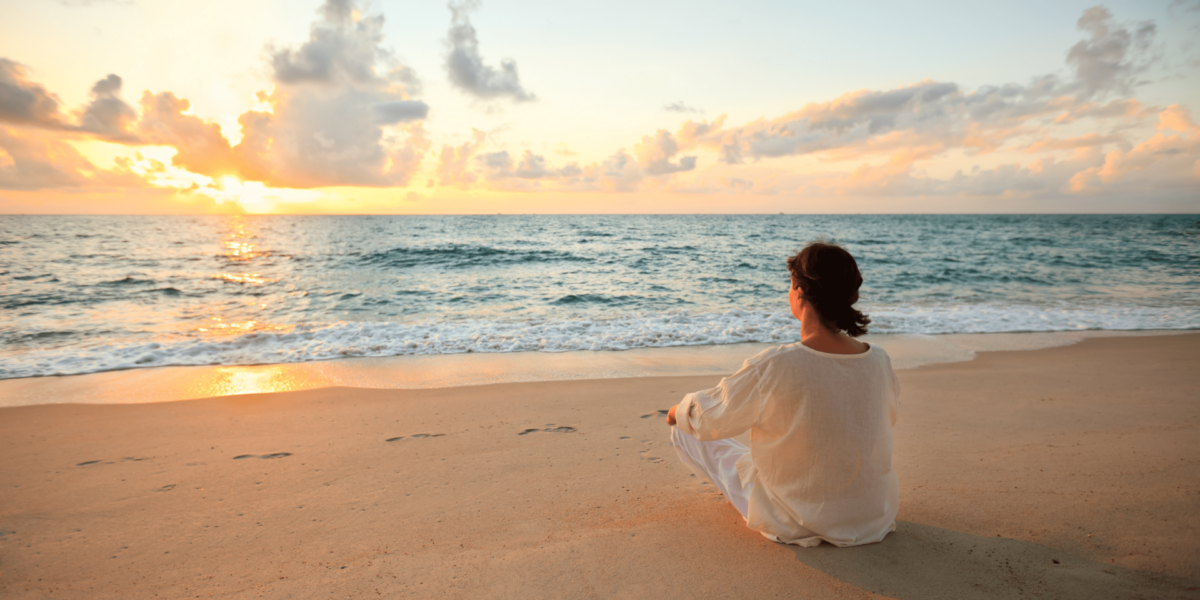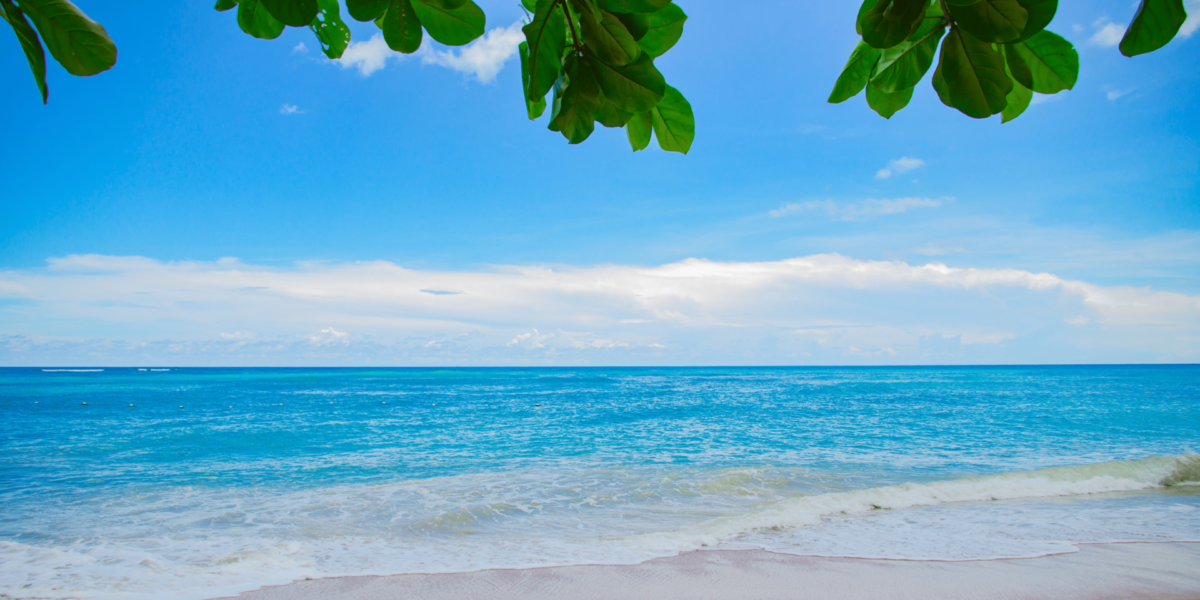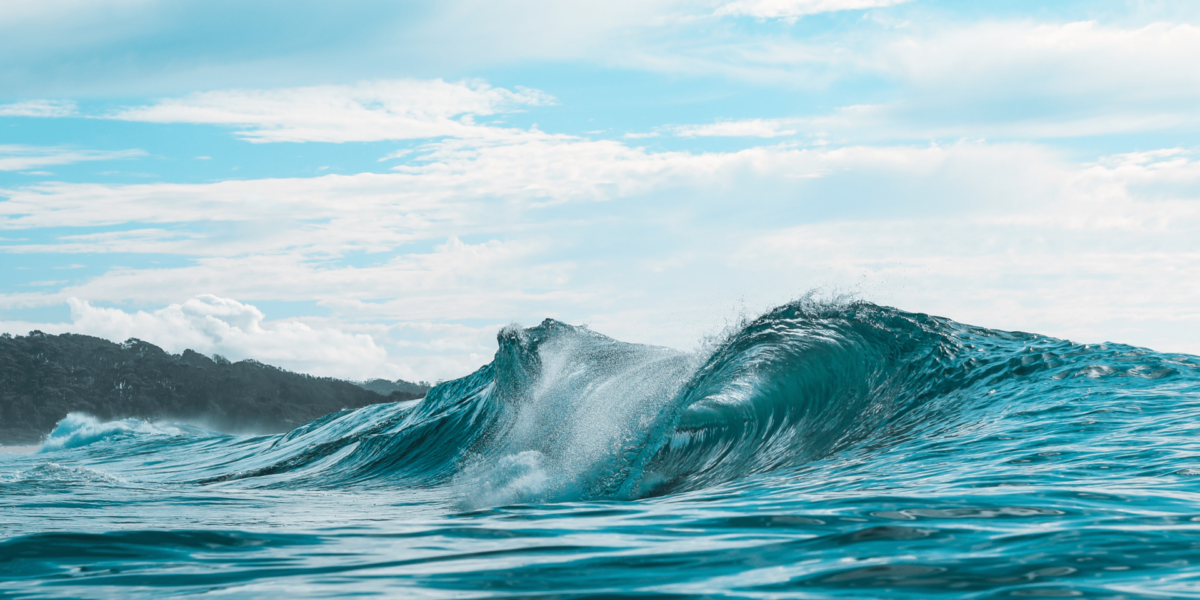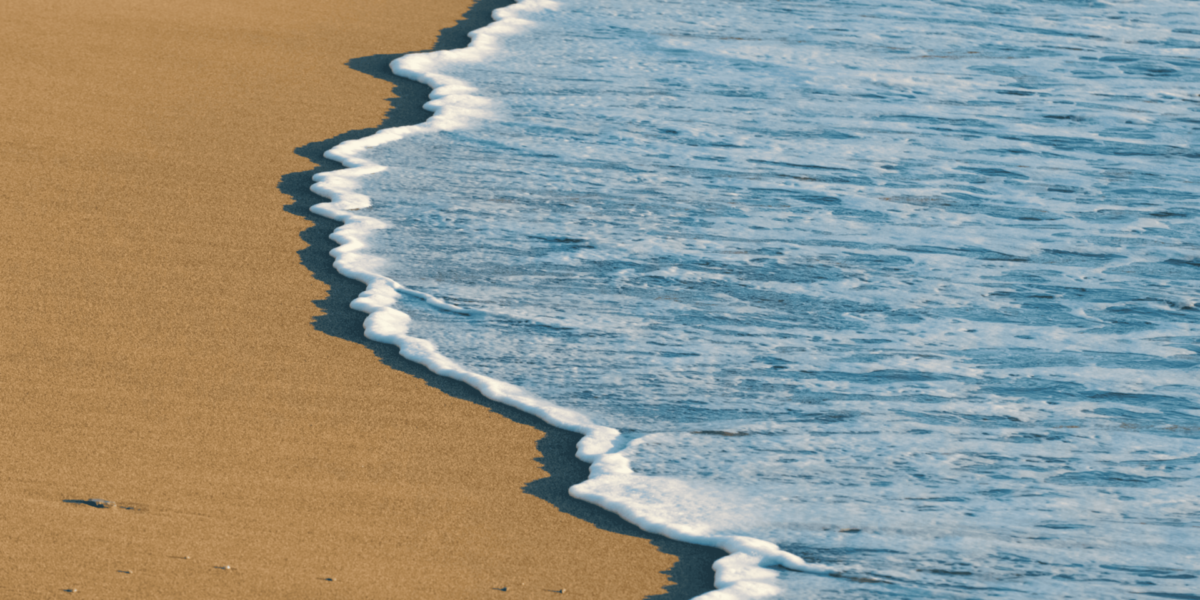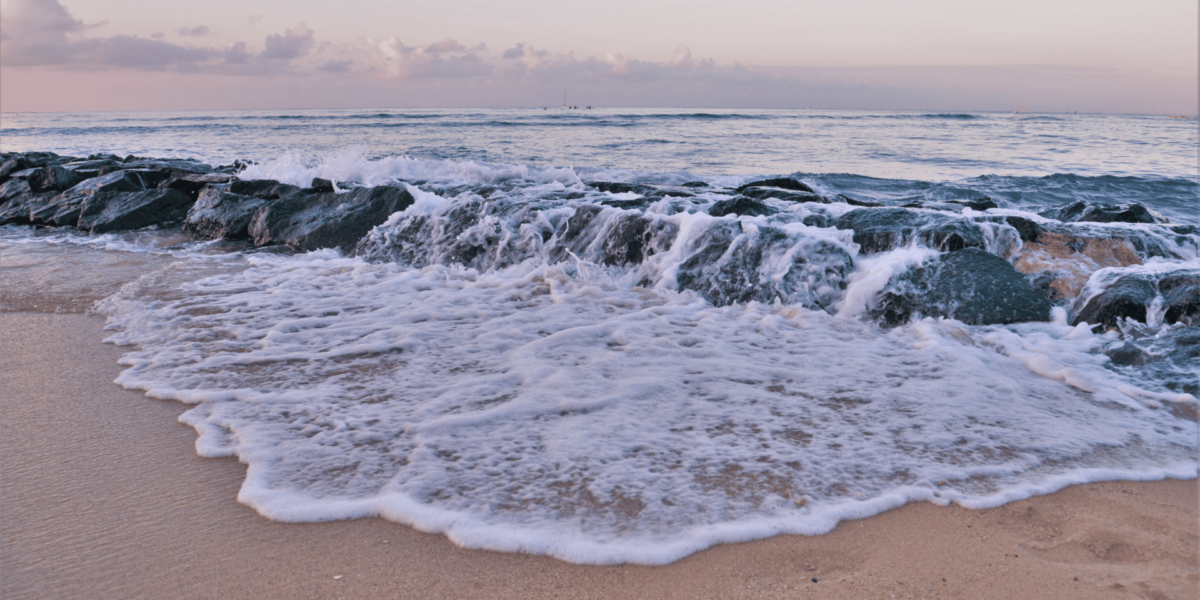Tranquility Begins with Environmental Awareness
Creating a calm and restorative beach environment takes more than natural beauty. Tranquility results from the interaction of design, space, and sound. Every choice—from layout to material—affects how people move, hear, and feel. A quiet beach experience is not a coincidence; it is the outcome of precise planning.
At Pamela Beach, peace is built into the landscape. The design works in layers to reduce stress, limit overstimulation, and support stillness. Visitors move through space without friction, distraction, or noise. That feeling of ease begins before their feet even touch the sand.
Spatial Layout Guides Calm Movement
The organization of a beach environment plays a direct role in how people experience tranquility. When paths are wide, transitions are gradual, and sightlines remain open, visitors move without hesitation. This ease of movement creates an immediate sense of control and comfort.
A guest stepping from the parking area finds themselves gently led to the water through soft curves and natural contours. There are no abrupt turns, blocked views, or conflicting directions. The layout offers guidance without force, encouraging an unhurried pace.
Open Space Reduces Visual Clutter
Open space is more than just empty land—it is a design tool that reduces mental noise. When there’s room to breathe, both visually and physically, people relax. Clear zones for sitting, walking, and gathering reduce crowding and confusion.
At Pamela Beach, space is carefully balanced. Paths don’t overlap with resting areas. Gathering spots are distanced from active routes. This separation makes every area feel intentional, allowing individuals and families to settle into their own rhythm without competition for space.
Natural Materials Soften the Ground and the Mood
What visitors step on shapes how they feel. Sand, wood, and stone surfaces all create different physical and emotional responses. Sand absorbs sound and impact, encouraging slower steps. Wood paths stay cooler and offer a grounded feel. These surfaces influence how long people stay and how they move through space.
A person walking barefoot on soft, well-maintained sand feels connected to the environment. They slow down naturally. The material beneath their feet communicates ease and softness. In contrast to harder, artificial surfaces, these natural textures promote calm.
Sound Management Shapes Emotional Tone
Sound affects emotional state more than most people realize. At the beach, the goal is to amplify natural sound—like wind and waves—while reducing harsh or artificial noise. Strategic design can control acoustics just as effectively as it controls sightlines.
Pamela Beach uses plants, dunes, and setbacks to absorb and deflect noise. Seating areas are placed away from roads and equipment zones. Motors and loudspeakers are kept out of hearing range. As a result, visitors hear what they came for: ocean, wind, and the quiet movement of others.
Plantings Serve as Acoustic Buffers
Native vegetation does more than protect dunes or add beauty—it softens sound. Leaves and tall grasses break up sharp audio waves, reducing echo and background noise. This helps create a consistent, low-volume atmosphere throughout the space.
Tall grasses near walkways muffle footsteps. Shrubs along buildings prevent echoes from bouncing off hard walls. Visitors may not notice the vegetation’s role in sound control, but they benefit from the quiet it helps maintain.
Distance Between Zones Supports Relaxation
One of the most effective ways to maintain tranquility is to separate zones by function. Keeping food areas, rinse stations, and social spaces away from quiet zones helps preserve a peaceful experience for those seeking solitude or rest.
At Pamela Beach, designers space these zones with purpose. You can enjoy a snack, have a conversation, or rinse your feet without impacting someone who is reading, meditating, or watching the tide. This balance respects the needs of all users while prioritizing calm.
Sound-Soft Surfaces Reduce Disruption
Materials used for infrastructure also impact the auditory environment. Hard surfaces reflect and amplify noise. Soft or irregular surfaces—like gravel, sand, or wood—absorb it or scatter it. Choosing the right materials helps keep ambient noise levels low.
Walkways made of composite wood reduce the sound of foot traffic. Steps and ramps have textured finishes that eliminate sharp footfalls. This attention to sound at the material level reinforces a quiet atmosphere even on busy days.
Lighting Design Supports the Mood
Tranquility continues after the sun sets. Soft lighting preserves the visual calm of the shoreline. Harsh spotlights or flood lamps disrupt the mood and introduce glare. Low, warm lighting protects both visibility and ambiance.
At Pamela Beach, lighting fixtures are placed low and point downward. They guide movement without overpowering the scene. This approach helps people wind down with the landscape instead of feeling overstimulated after dark. The quiet design of light matches the sound and space philosophy of the entire environment.
Sand as a Medium for Movement and Rest
Sand plays a unique dual role at the beach. It is both a surface to walk on and a place to rest. Designers treat sand not as a filler but as a living, shifting part of the experience. How it is maintained, shaped, and bordered affects every visit.
Soft, clean sand invites movement. Flattened areas near entrances support accessibility. Deeper zones further from paths create rest areas that feel private and grounded. By treating sand as a material to design with—not just around—Pamela Beach enhances both function and mood.
Tranquility Is a Design Outcome
Tranquility at the beach isn’t something that just happens. It’s the product of thoughtful planning, precise spacing, and careful control of sound. At Pamela Beach, every step is shaped to reduce stress, support stillness, and let the natural world lead.
By managing sound, shaping space, and treating sand with purpose, designers build a shoreline that feels restorative from the ground up. This experience invites visitors not just to visit, but to stay—to listen, to move slowly, and to return to a rhythm that modern life rarely offers.
